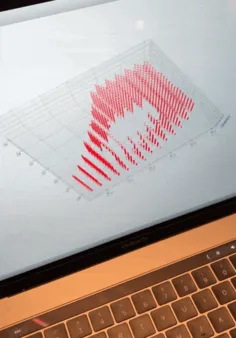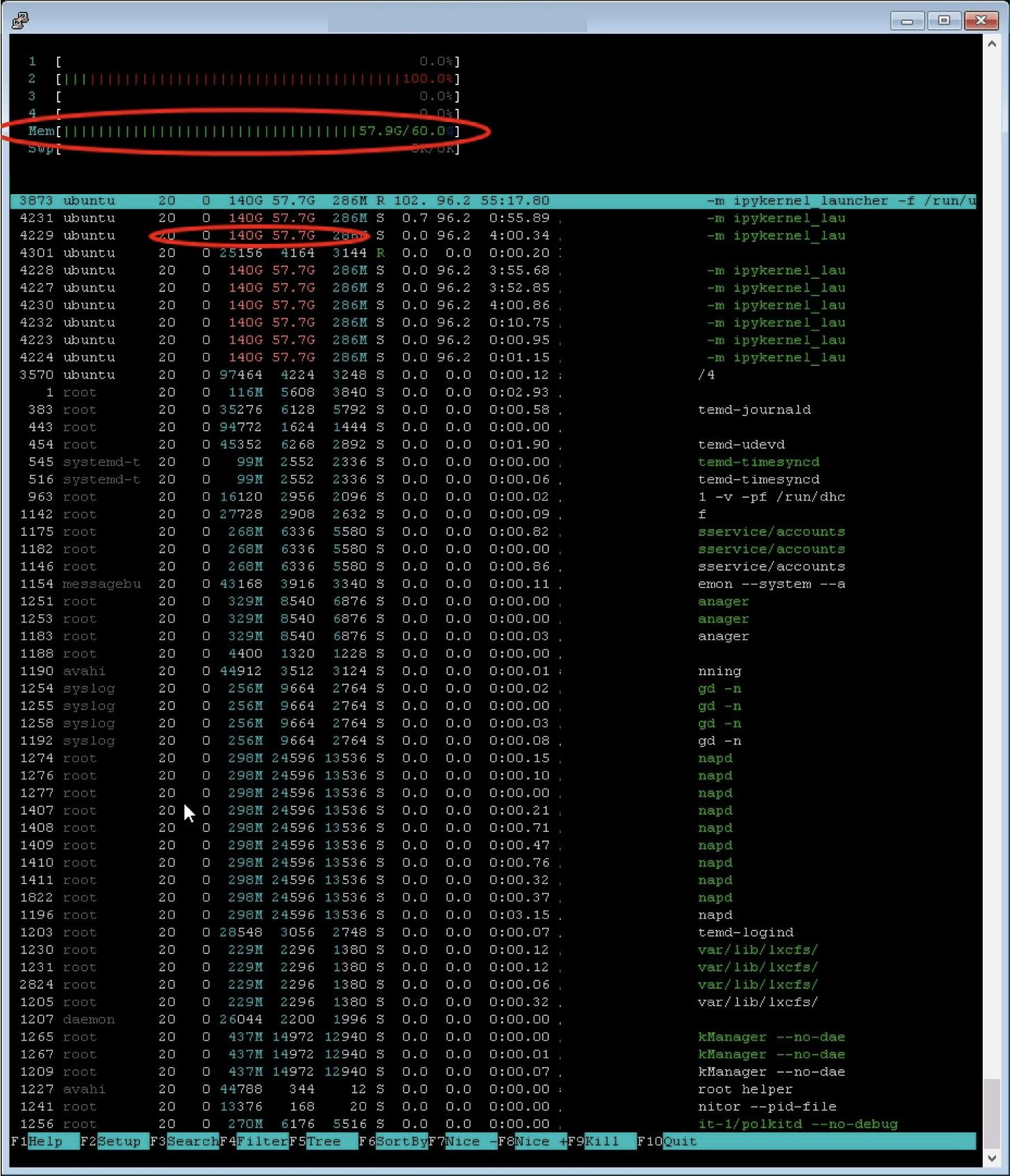Rare Carat’s Deal Score
Rare Carat and Artificial Intelligence
We haven’t said much about our artificial intelligence and machine learning efforts in quite a while. But we wanted to give you a glimpse of the lengths we are going to to make shopping smart easy for you.
Our data science and gemology teams have now dedicated over a year of time + energy + money + brain power + computing power trying to find an answer to a seemingly simple question: what should a diamond sell for?
It turns out it isn’t all that simple.
Our data scientists come armed with math and computer science, and our GIA-trained gemologists with the deep understanding of these complicated little rocks. We painstakingly compile the industry’s largest and most up-to-date data set on diamond retail inventory and prices. We study academic papers written by GIA and AGS. We build machine vision programs to “read” reports to uncover any and all data points relevant to the diamond in question. We delve deeper into each of the grading categories, using industry standards as a starting point (below a 3D model we prepared of specifications for “Very Good” Cut round diamonds) and slice each even further to create proprietary indexes with more granularity.

With a bit of art meets science, we feed 50 million data points proprietary and otherwise, through a sequence of artificial intelligence predictive models, using deep learning tools such as Neural Networks - the same technology that powered Google’s DeepMind to world domination in Go (great documentary).
Like we said, we use a lot of computing resources on your behalf: 58GB RAM used out of 60GB total, Ipython kernel with 140GB virtual RAM

For every diamond we score, we don’t stop at the usual suspects - carat, cut, color and clarity.
We examine its shape and raw dimensions (length, width, and height in millimeters), as well as it’s proportions, such as length/width ratio, depth and table percentages, girdle thickness range, and culet.
For round stones, we also factor in crown and pavilion angle, crown height, pavilion depths, girdle percentage, lower half percentage, and star length percentage.
We also consider girdle condition, polish and symmetry - and instead of stopping at the given cut grade, use a proprietary cut score that involves a lot of geometry and calculus and turns out to be highly predictive in our machine learning models.
Fluorescence also affects value materially, so we factor in not just fluorescence strength, but fluorescence color. When plot drawing and descriptions are available, our machines scan these to render proprietary clarity scores and flag things like laser treatments, cavities, chips, feathers on the girdle, and a host of other better and worse things that often slip under the radar, to ensure we know everything about your stone.
Usually we have more than 50 data points about the stone in question, on which we are judging it against the price it is listed for - against a million others.
The results are not always perfect, but they are pretty darn good. And we always have our unbiased human rockstars/gemologists available on-site for a final experienced opinion.
All that said, we’ve just begun pushing the envelope on your behalf, so you can shop smartly knowing our team, intellectual property, and computing is behind you every step of the way.
Work is already underway on several improvements to what is described here, and we’ll publish more soon.


Rare Carat’s Deal Score FAQs